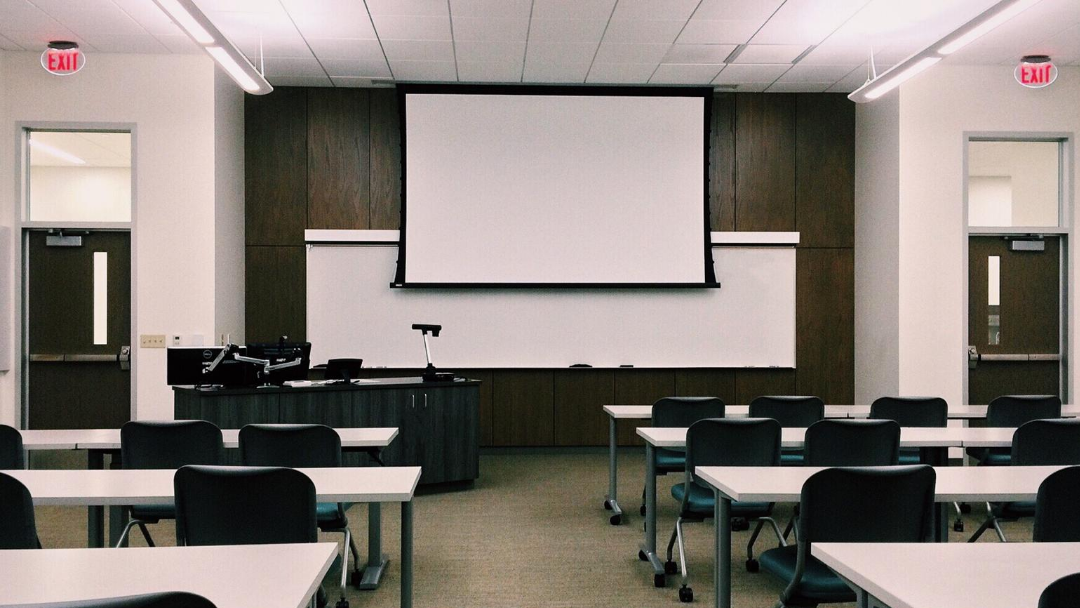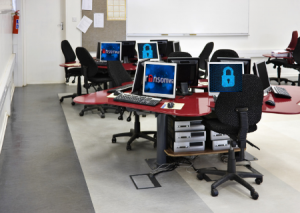Cyber-Security Risks in Educational Infrastructures
Last updated on October 12th, 2020 at 11:54 am
Educational Infrastructures Face Cyber-Security Risks
Cyber-Security risks in educational infrastructures dominate local and national news as public and private schools reopen for the Fall. As Summer ends, education has now taken a turn for the 2020-2021 school year with many students returning to class from home and learning remotely. The public safety and health concerns centered around the current crisis has pushed K-12 schools to continue distance learning. In this article, Educational Infrastructures face cyber-security risks, we will look into threats and vulnerabilities that target school districts.
During this time the school district’s IT department are being stretched thin setting up laptops or chromebooks for students and teachers. These devices help bridge teachers and students for distance learning and are an alternative to still meeting in a school environment.
Why Educational Infrastructures Face Cyber-Security Risks
Financial Gain
This certainly applies to private K-12 schools and universities as they hold students and their parent’s financial data. This includes student loan information, bank accounts, credit and debit cards. Similarly in public schools, the financial data cyberattackers can access are the school’s finances.
Data Theft
Schools hold valuable information on students and parents personal information. This includes social security numbers, addresses, date of birth, basic health information, and identification photos. This information is very valuable to a cybercriminal for several reasons such as selling personal information to a third party or on the dark web. And cyber criminals may withhold data ransom for a monetary gain. Consider this, whats the value of the school records to a high school senior trying to apply to college? Multiply that to hundreds or possibly thousands of students whose data is suddenly lost, how will it affect them, the colleges, and even society who may be faced with lost talent.
DDoS Attacks
Distributed denial of service attacks occur often. It’s the easiest form of attack that can be used to shut down school district systems. This disrupts the classroom function and forces educators to find other ways to teach. This can be problematic with the virtual environment when both educators and students meet online via video conferencing and school portals.
How Educational Infrastructures Face Cyber-Security Risks
Phishing
Phishing emails directly targeting school administrators and educators. This leaves all school levels vulnerable to phishing email attacks. The FBI has warned that remote education platforms, used by schools to upload assignments and communicate teacher to student have been targets for cybercriminals.
Read our previous blog to learn how to spot phishing emails.
Ransomware/Malware
One of the latest uprising attacks by a cybercriminal is ransomware to any organization even in the educational sector. This is done by encrypting data on systems through malicious software and always require users to directly pay a ransom to receive all “lost and locked” files.
Examples of Cyber-Security risks in Educational Infrastructures
Rialto Unified School District hit with Malware
Rialto Unified School District (RUSD) online learning platform, Bridge Academy infected with malware halts the start of the school year earlier this week, August 24, 2020. RUSD IT department is now working around the clock to secure student issued laptops. RUSD has about over 25,000 students enrolled and the computer equipment issued out must be returned for properly secured to ensure it’s system is protected.
To view the school district statement here published on Twitter.
San Bernardino City Unified School District -Ransomware Attack
Last year in October, San Bernardino City Unified School District was hit with a ransomware attack leaving unaccessible locked access to district files. The school district’s servers were inaccessible leaving the teachers and staff to manually enter attendance and other computer functions.
It’s important to know the Inland Empire region is becoming the nation’s fastest-growing economy which means schools and businesses alike are targets for cyber attacks and need strong cyber-security measures in place. That is where IT departments and IT managed service providers come in and implement security procedures.
What Can Educational Infrastructures Learn from Cyber-Security Risks
As with any industry, cyber-security is important to minimize all and any risks, especially for educational infrastructures. Understanding different cyber-security attacks, the methods, and how severe they can cause all affected parties. Technology in educational environments continue to evolve and so do the challenges, cyber-risks are only going to continue to raise such as in other targeted industry like healthcare and finance. When not prepared to support, IT departments will need an outsider’s perspective, investigators, third-party Managed service providers. Outsourcing IT can reduce disruptions and improve IT systems and plan for security for the school district employees and student’s information.
For local resources such as IT outsourcing, IT consulting, or other IT solutions, Green Shield Technology can help find customized IT security and assess the needs for any particular technical issues in any industry. Schedule a free consultation to start directing your IT issues today.



